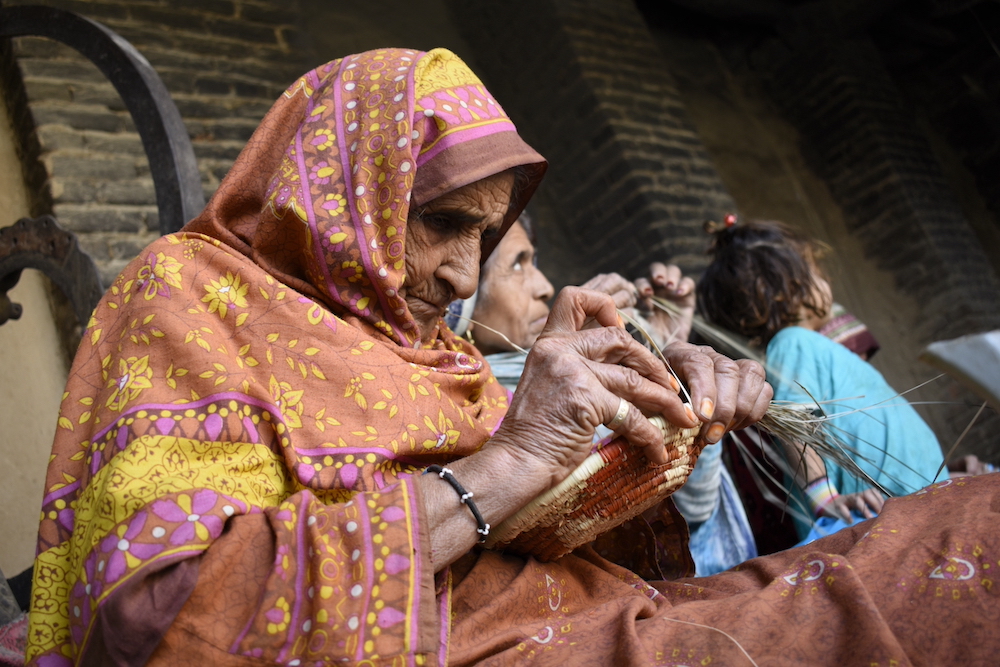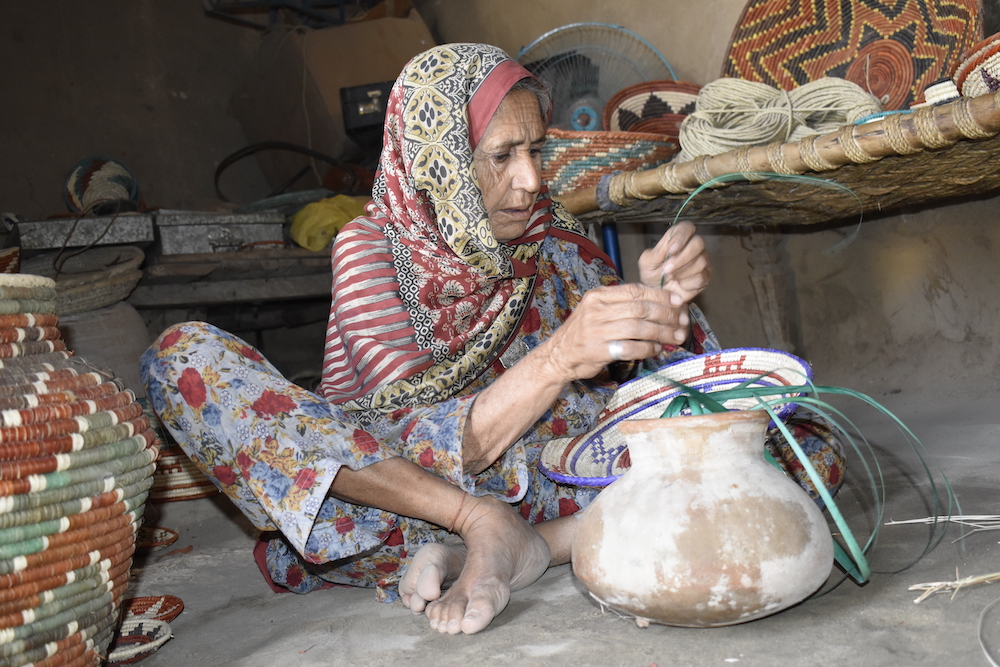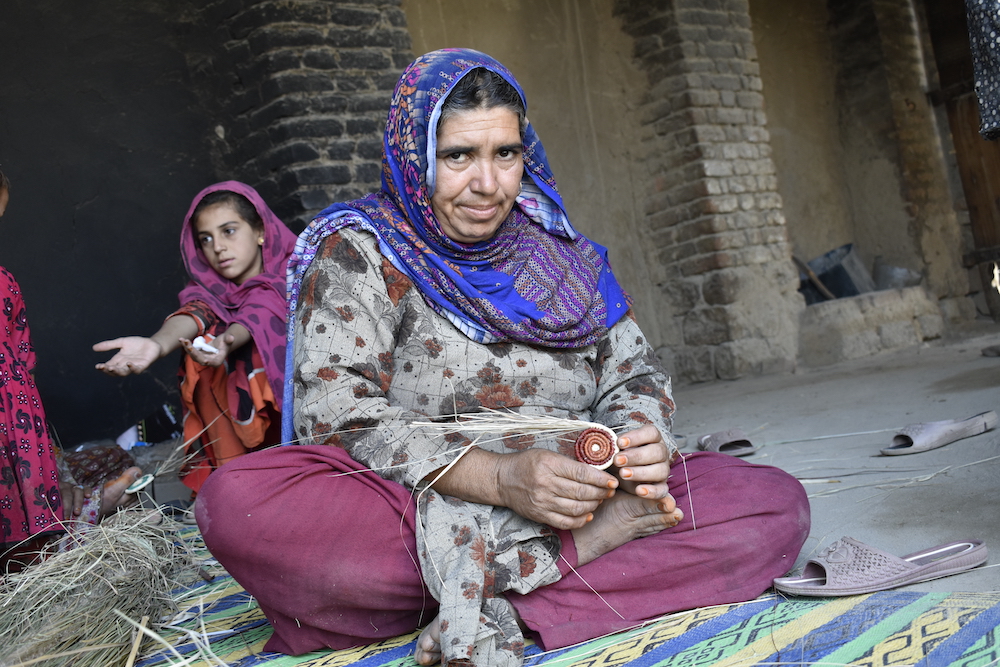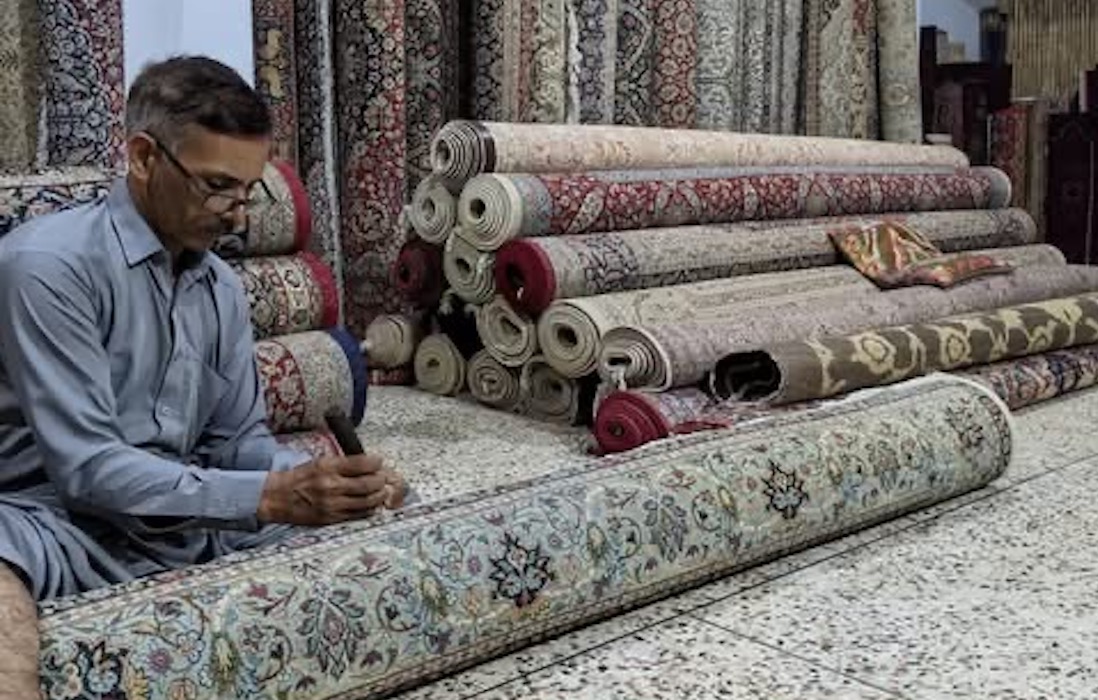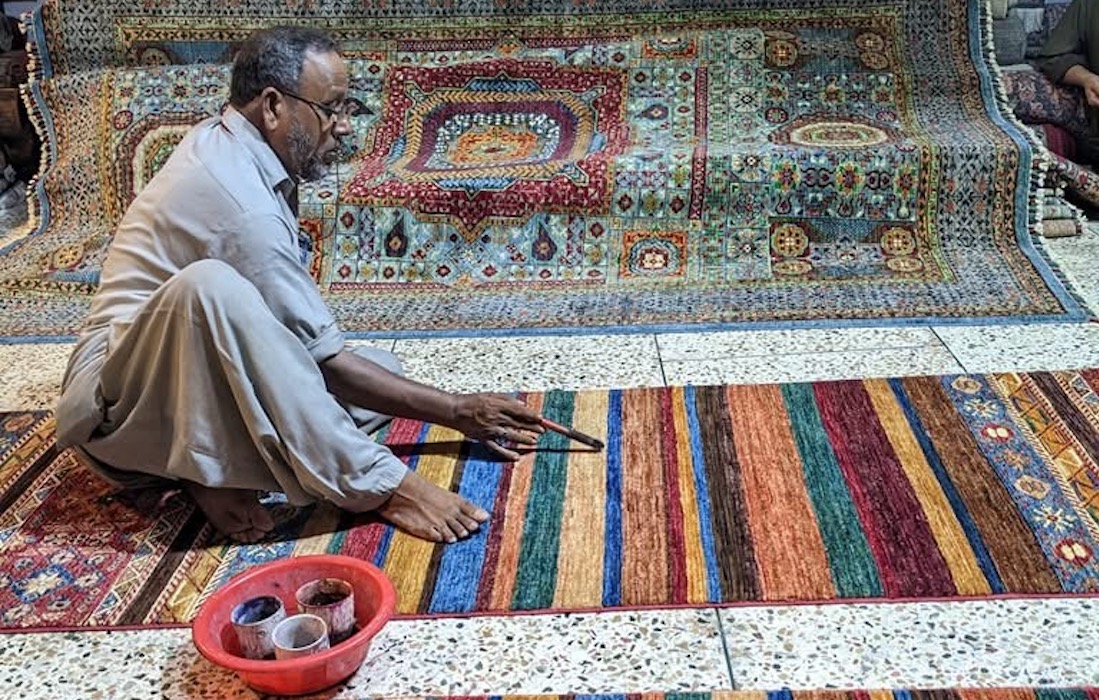A bit of history
Native Tribal Art—a testament to heritage and refinement.
NTA was established nearly three decades ago by Saeed & Asma, visionary entrepreneurs whose passion for authentic craftsmanship revolutionized the industry. Our journey commenced with an exploration of Native artistry, where we discovered the elegance and regal essence inherent in each handcrafted piece. Beyond being mere art, it was a profound connection to history, culture, and the meticulous skill of master artisans.
As internationally renowned importers of rare antiques, exquisite rugs, fine textiles, and architectural treasures, our firm became synonymous with sophistication and timeless beauty. Through a deep-rooted appreciation for the Native American craft industry, we cultivated relationships with master silversmiths and artisans, curating collections that exude authenticity and prestige. From the red, dusty landscapes of the Great American West to the vibrant workshops of skilled craftsmen, our pursuit of excellence led us to treasures that transcend time.
With unwavering dedication to heritage and artistry, we have flourished into an internationally recognized name, where history and craftsmanship converge to create extraordinary living experiences. Today, we continue to honor tradition, celebrate culture, and redefine sophistication by curating exceptional pieces that seamlessly blend the past with the present, ensuring that each creation tells a story of legacy and grandeur.

With unwavering dedication to heritage and artistry, we have flourished into an internationally recognized name, where history and craftsmanship converge to create extraordinary living experiences. Today, we continue to honor tradition, celebrate culture, and redefine sophistication by curating exceptional pieces that seamlessly blend the past with the present, ensuring that each creation tells a story of legacy and grandeur.
The Two Sisters
ELEADER SISTER
Ms Razia is the quiet force that drives our company’s innovation while staying deeply rooted in its heritage. Raised in the same village as Sakeena, her story mirrors that of many women from her community—living a simple, unassuming life, yet harbouring a profound connection to the land and its resources. In her spare time, after fulfilling the demands of her household, Razia would quietly weave baskets, turning raw, natural materials into intricate works of art. Over the years, her creations have gone beyond functional pieces to become symbols of precision, elegance, and innovation.
Razia’s innate ability to see beauty in the smallest detail, paired with her mastery of traditional techniques, has made her an invaluable part of our artisan collective. Her work is not just a craft; it’s a testament to the enduring power of tradition, creativity, and resilience. Through her mentorship, countless women have learned the art of weaving, and with her guidance, the craft has evolved into something that blends ancient methods with modern, sustainable practices. Razia’s influence has shaped our brand, making our products not only a symbol of heritage but a beacon of sustainable innovation in the world of handmade craftsmanship.
YOUNGER SISTER
Ms. Sakeena is more than just an artisan; she is the heartbeat of our company’s heritage. Growing up in a small village where life revolved around simplicity, she spent her days as a housewife, weaving baskets from reeds in her rare moments of leisure. What began as a way to keep her hands busy during quiet afternoons gradually became a deep-seated passion—a skill she inherited from generations of women before her. The baskets she wove weren’t just practical objects; they were reflections of her life, embodying the quiet strength of a community bound by tradition.
Over the years, her craft has evolved into a true art form, with each piece now a collector’s treasure, blending timeless techniques with a unique, elevated aesthetic. Through her, we discovered that craftsmanship isn’t merely about skill—it’s about heritage, resilience, and the beauty of simplicity. Sakeena’s dedication has transformed what was once a village pastime into a globally admired tradition, laying the foundation for our brand’s commitment to preserving both the art and spirit of these ancient crafts.
THE DAUGHTER-IN-LAW
Their daughter-in-law, an expert in the art of weaving Navajo wedding baskets, has become a leading force in preserving and evolving this sacred craft. With a deep respect for its cultural significance, she has honed her skills to create intricate, meaningful designs that honor the traditions passed down through generations. Her expertise lies in balancing the timeless techniques of Navajo basket weaving with modern, sustainable practices, ensuring the art form remains relevant and eco-conscious. Under her leadership, the creation of these wedding baskets has flourished, empowering women artisans to master the craft and celebrate their heritage. Her work not only preserves the beauty and symbolism of these baskets but also elevates them, making them a symbol of resilience, creativity, and lasting connection.
Masters of Wooden Tools with Iron Fingure
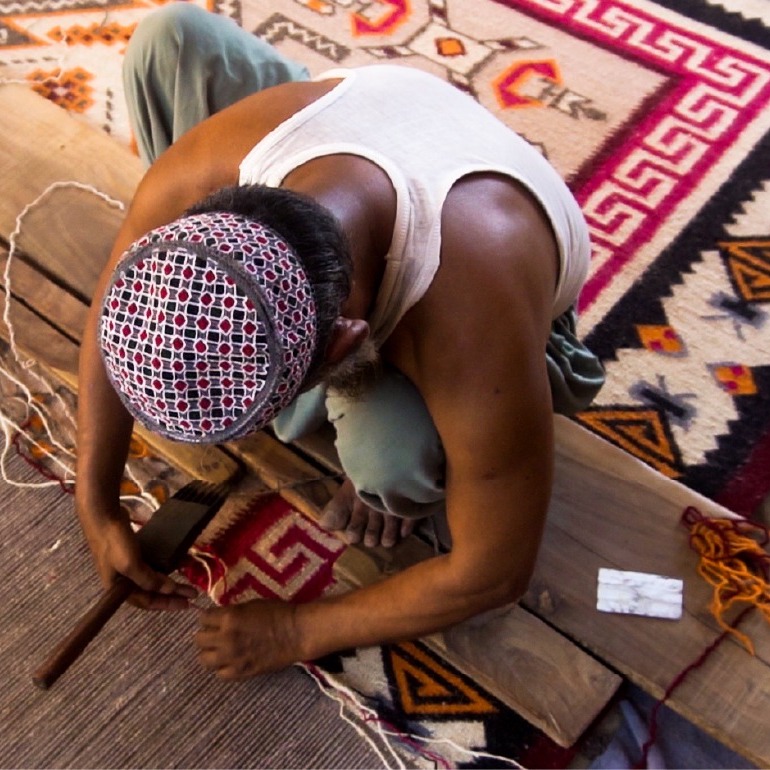

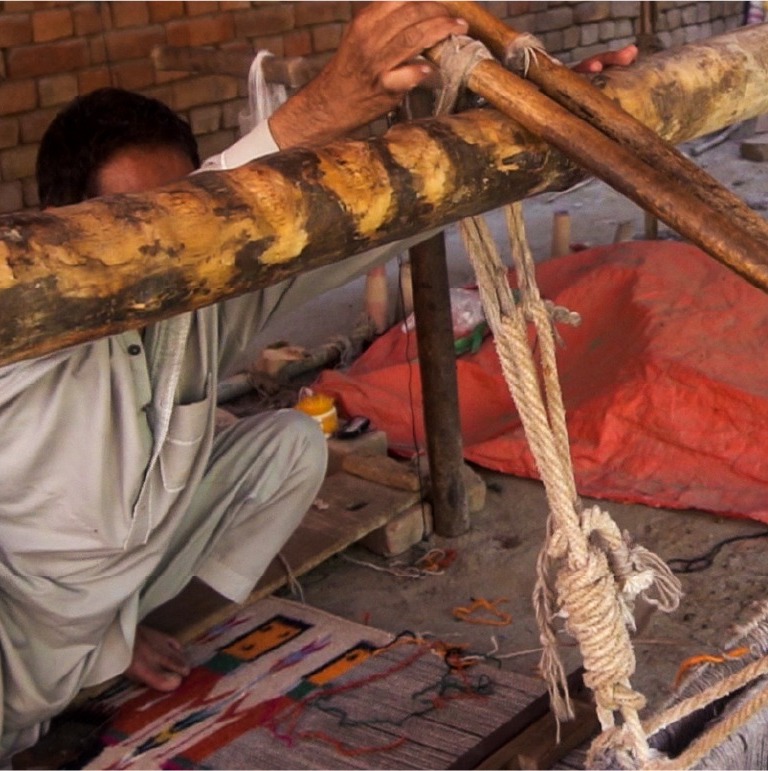
Mr. Saleem – Lahore
Mr. Saleem, hailing from the cultural heart of Lahore, carries forward a family tradition of dhurrie weaving that spans several generations. His meticulous craftsmanship and deep understanding of the art form bring a sense of timeless beauty to each rug he creates. With an eye for intricate patterns and a mastery of the panja technique, Mr. Saleem’s work reflects the rich cultural heritage of Lahore. His weavings are known for their durability, vibrant colors, and perfect symmetry, which make them highly sought after. At our firm, Mr. Saleem’s contribution is invaluable, as he embodies the perfect blend of history and contemporary innovation, creating rugs that not only serve as functional art pieces but also as a tribute to centuries-old craftsmanship.
Mr. Khurseed – Multan
Mr. Khurseed, a talented artisan from Multan, comes from a long line of skilled weavers who have been perfecting the art of dhurrie weaving for generations. Known for his unique ability to bring out the richness of traditional designs while incorporating modern influences, Mr. Khurseed’s work speaks volumes about the heritage of Multan. His attention to detail and the quality of the natural dyes he uses are what set his dhurries apart. In our firm, Mr. Khurseed’s contributions are central to maintaining the authenticity and quality of our products, and his commitment to craftsmanship continues to inspire and uphold the reputation of the dhurrie weaving industry in Pakistan. His artistry allows us to offer not only beautiful but also culturally significant pieces that speak to the enduring tradition of the region.
Mr. Amjad
Mr. Amjad Shah, a third-generation dhurrie weaver, has been a cornerstone of our firm’s success and reputation. With decades of experience under his belt, Mr. Amjad’s expertise in working with both wool and natural dyes has made him one of our most respected artisans. His ancestral knowledge and commitment to quality allow him to weave intricate patterns that reflect the timeless art of dhurrie making. Each of Mr. Amjad Shah’s creations carries the legacy of his forefathers, and his ability to incorporate unique designs, such as the Tree of Life and Whirling Log, showcases his versatility and creative spirit. His invaluable contributions are a testament to the richness of this craft and its continued relevance in contemporary design.
WEAVERS OF DREAMS
Mr. Jamal ud Din And Mr. Amjad
OUR PAKISTANI CARPETS IS AN ORIENTAL HAND WOVEN FLOOR RUGS.
It is occasionally referred to as a Pakistani carpet. Historically, Pakistan was a region of India; however, in 1947, Pakistan declared independence from India and founded its own nation. Pakistan includes the areas of Sindh, Punjab, Balochistan, and the North-West Frontier, as well as a portion of the Kashmir region. Sunni Muslims account for around 77% of the population, while Shia Muslims account for approximately 20%. The great majority of handmade carpets from Pakistan are sold on international markets. Until quite recently, carpet patterns were either modified versions of Turkmen carpets or reproductions of traditional patterns (Bukhara carpet designs). Currently, carpets from multiple Iranian cities are being replicated in that nation. Lahore, Karachi, Hyderabad, and Peshawar are the most important centres for carpet weaving.
Carpets are woven in both workshops and communities throughout Pakistan. Traditional Pakistani carpets are woven using symmetrized knots and cotton weft. Some of the most cost-effective variations may utilise chettai weft. For the creation of finer carpets, either indigenous wool or a blend of indigenous wool with wool from Australia and New Zealand is used. In the case of imitation Iranian carpets, a loop weave is used, whereas a flat weave is used for Bukhara carpets. Using a formula, the amount of knots in a Pakistani carpet is measured in terms of its density (number of knots in one inch of length divided by number of knots in one inch of width). For example, 22/11 is 11 multiplied by 22 knots, which is 242 knots per square inch; the quotient of this number is 29, which is the number of knots per square inch. The term "double" in reference to a Pakistani carpet denotes that the number of longitudinal threads is double the number of transverse threads. Pakistani carpets are assigned a number between 16 and 50. The textile industry in Pakistan manufactures lint-free woollen fabrics for domestic use.
MASTERS OF LEATHER
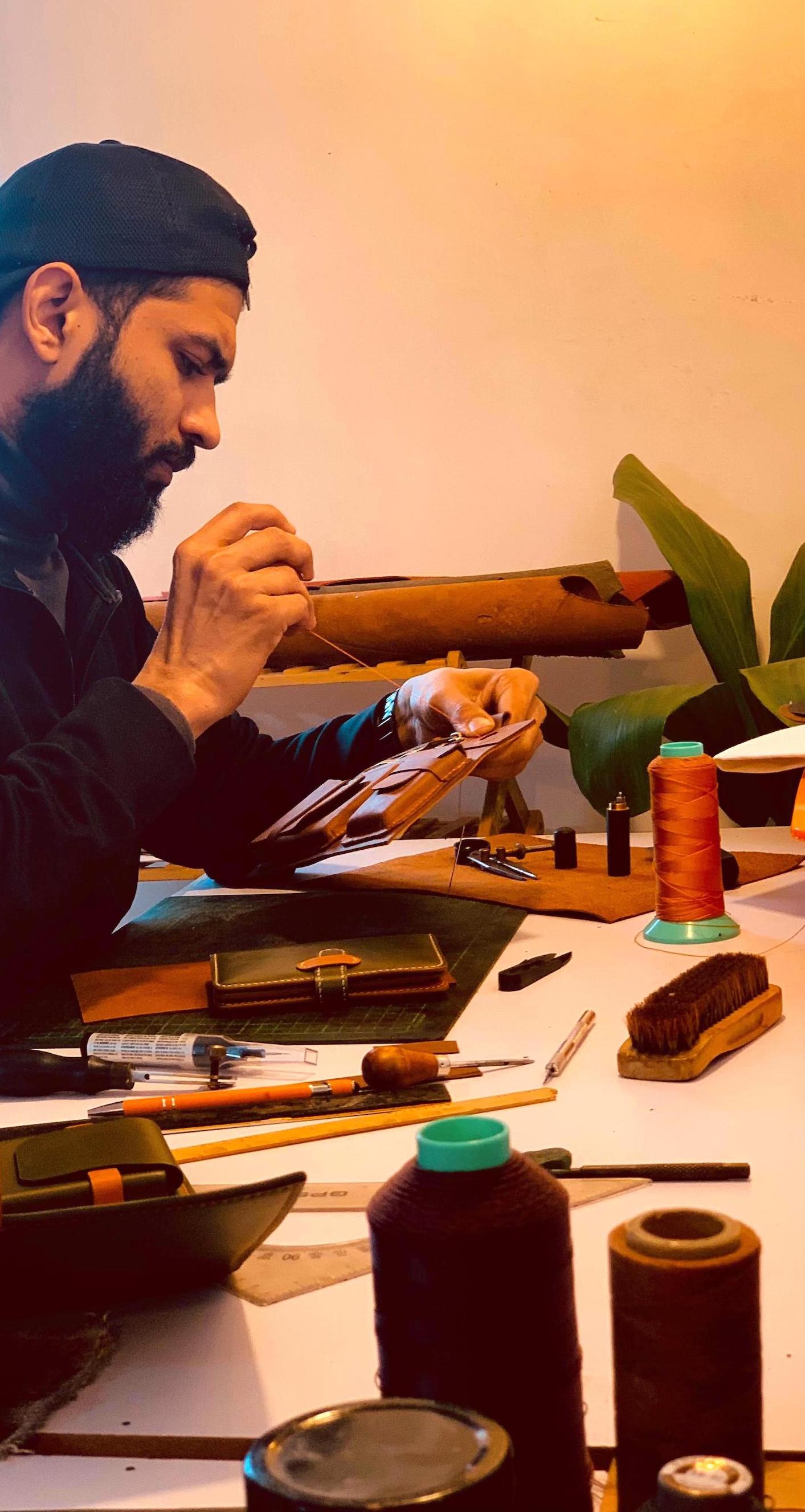
Meet a highly skilled leathercraft artisan!
Meet a highly skilled leathercraft artisan based in Punjab, Pakistan, who is a part of our leather products line. This artisan is celebrated for their exceptional craftsmanship and meticulous attention to detail. Every piece they create is entirely handmade, skillfully combining traditional techniques with innovative designs to meet global standards. From the precise cutting to the meticulous stitching, each step is executed with utmost care, reflecting their profound dedication to preserving the art of traditional leathercraft.
